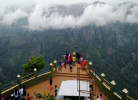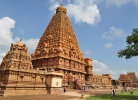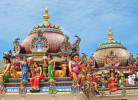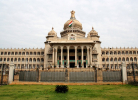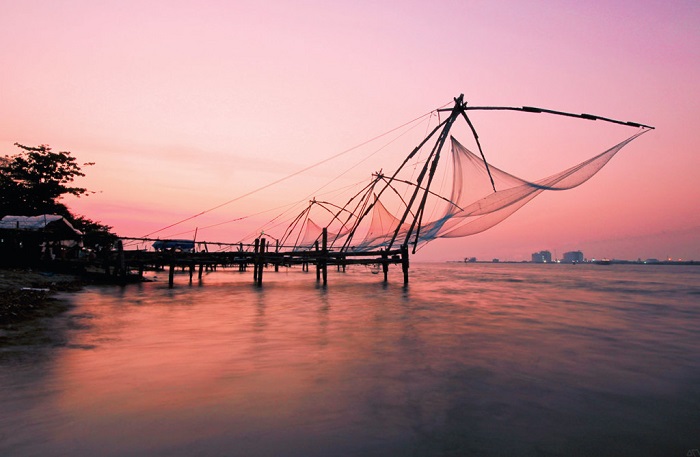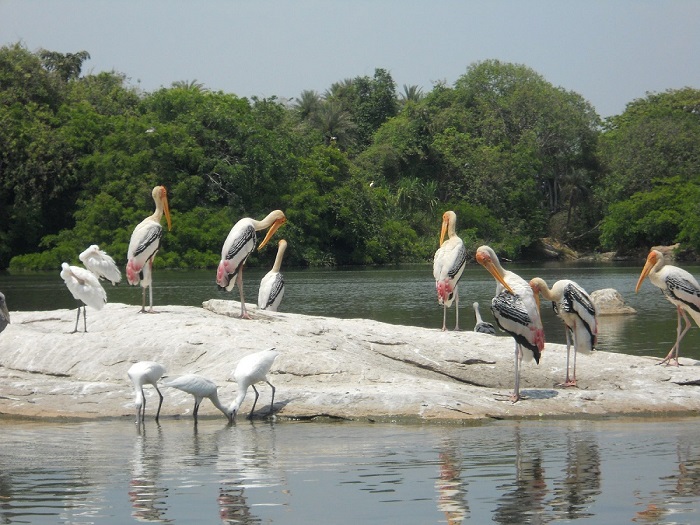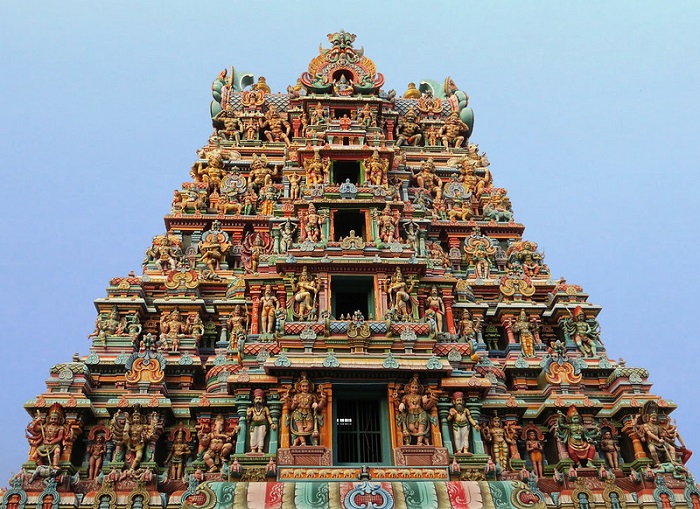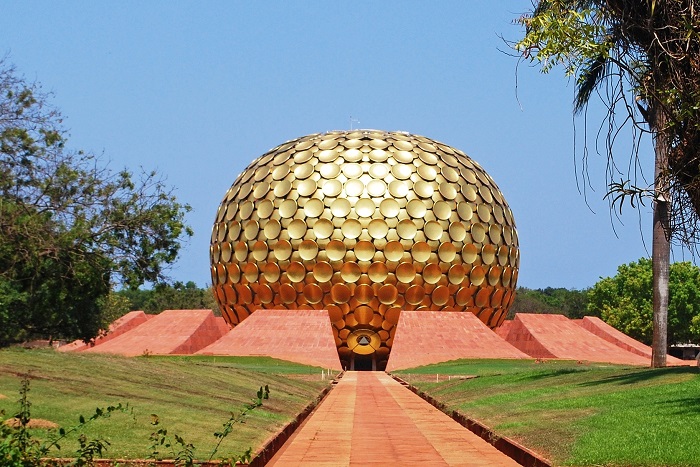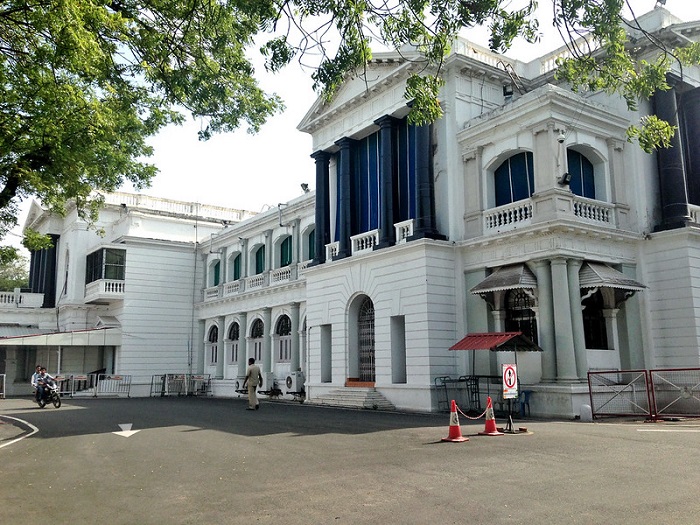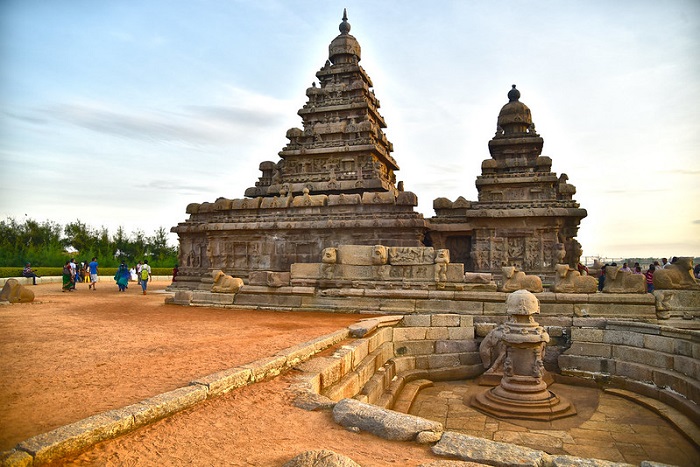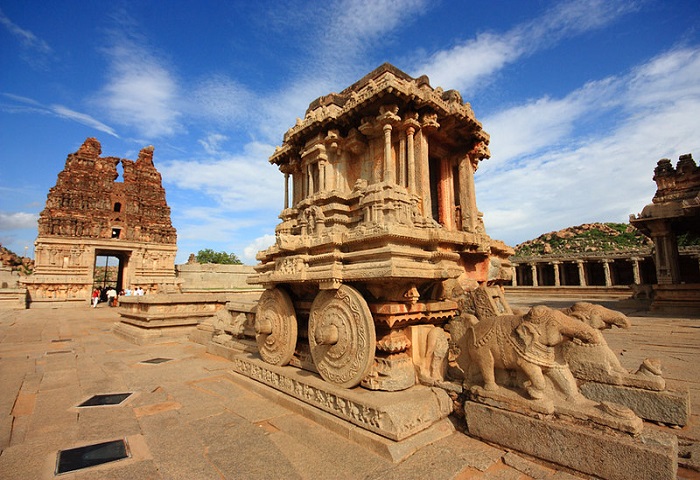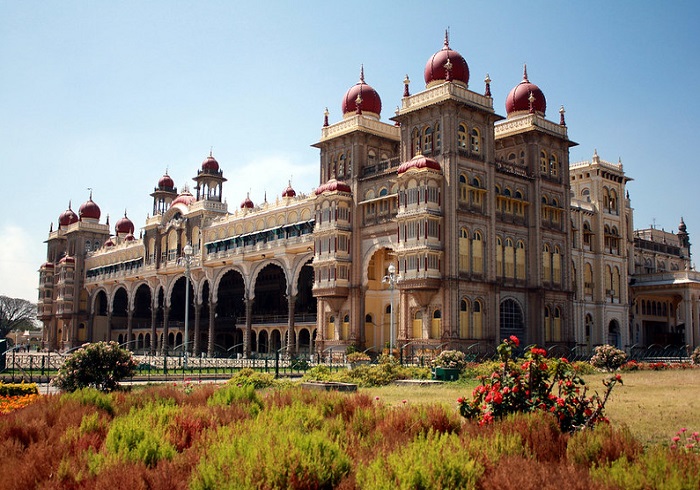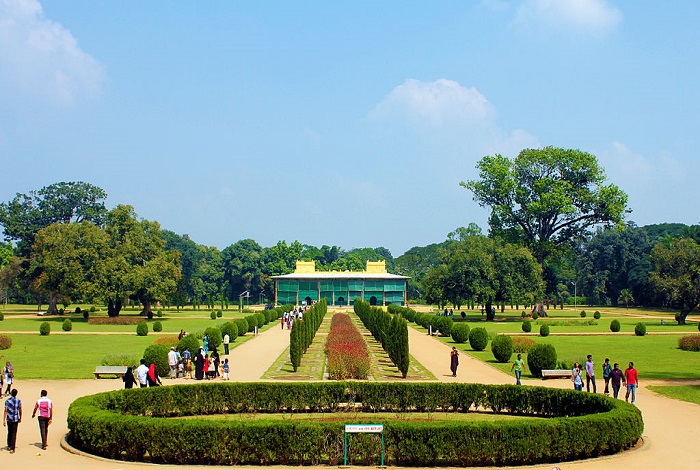Thrissur Pooram Festival, Kerala
Thrissur Puram or Thrissur Pooram is a Hindu regional festival of Kerala. The term ‘Pooram’ indicates a temple festival, which is usually celebrated for Kali or Durga. Such festivals are quite common in North-Central parts of Kerala like Malappuram, Palakkad, Thrissur, and others. Pooram is also called the summer harvest festival. The Pooram is famous among tourists for elephant shows, traditional music, folk arts performance, puppetry, fireworks, and processions.
The Pooram that takes place in the Thrissur district’s Vadakkunnathan Temple is called the Thrissur Pooram. This is one of the most significant and famous Poorams of the state.
History of Thrissur Pooram
This festival was started by Raja Rama Varma, the king of Cochin during 18th and 19th century. Before the beginning of Thrissur Pooram, the Vadakkunnatham Temple did not have an annual festival. The only Pooram was Arattupuzha Pooram, who took place in Arattupuzha. People of Thrissur and surrounding regions visit Arattupuzha to take part in this one-day festival. One year, at the end of 18th century, the Thrissur people were not able to reach Arattupuzha on time because of severe rainfall. Since they were late, they were denied participating in the procession, which was the main element of Arattupuzha Pooram. This denial made the crowd angry and humiliated. They raised this issue to their king Raja Rama Varma.
As a solution, he invited smaller villages around Thrissur, especially 10 small temples surrounding Vadakkunnathan Temple to celebrate a unified temple festival. He ordered all the temples to bring their deities with them to Vadakkunnathan Temple (Lord Shiva) and take part in a mass festival. Thus, the Thrissur Pooram was born, which became more grand and majestic than the Arattupuzha Pooram.
When is Thrissur Pooram Celebrated?
This festival is celebrated according to the lunar calendar. The celebration falls on the day, the moon seen with Pooram star. It falls on Medam month of local calendar. In Georgian calendar, this festival falls on either April or May.
- In 2021, Thrissur Pooram will be celebrated on 23rd April.
- In 2020, the festival falls on 3rd May.
How Thrissur Pooram Celebrated?
The festival starts with the flag hoisting event. This event starts seven day prior to the main procession. During this ceremony, fireworks would be lit to announce the start of the festival. This first round of fireworks is called sample vedikettu. On the fourth day before the festival, the ornamental fans, decorations for elephants, umbrellas, bells, and other would be prepared. The interesting part of this ceremony is that, the items used in a year’s Pooram would not be re-used the next year. Thus, every year, every single ornament and decoration would be re-made. All these items would be displayed to public in Thrissur City.
The festival starts early in the morning with Madathil Varavu ceremony. In this ceremony, around 200 artists play their musical instruments inside the temple. After numerous rituals, a grand procession with 15 heavily decorated elephants, musical band and others start from the temple. The festival is conducted by two groups of temples, Thiruvambadi and Paramekkavu groups. Each group would enter facing each other and they exchange the ornaments between the groups. This is called Kudamattom. This is the most striking ceremony of all.
The procession ends at the Western part of Vadakkunnathan Temple. By the end of the festival, a grand firework display is made. The last ceremony is Punacharam Cholli Piriyal. This is the time when the idols of all the ten temples will be taken back to their respective temples. The ceremony ends with Pakal Vedikkettu.
Importance of Thrissur Pooram
Although it is a Hindu religious festival, this festival brings all the religions together. The ornaments used in this celebration are made by Churches. The display of the ornaments in Thrissur City is conducted by Church Mission Society High School. The pandal decorations are undertaken by Islamic communities. Do you know that Thrissur Pooram is one of the largest festival gatherings in Asia?
Customs and Traditions of Thrissur Pooram
According to mythology, this festival is celebrated to enjoy the visit of Devi from Thiruvambadi and Paramekkavu Temples to visit Lord Shiva of Vadakkunnathan Temple.
The two groups usually compete with each other in seeing how grand each one can throw the celebration with beautiful parasol, elephant decoration, grand fireworks and so on.
Melam - The traditional music of this festival is the Panchavadyam, also called the orchestra of the five instruments. This group has kombu, a wind instrument and four other percussion instruments namely idakka, ilathalam, maddalam, and timila.
Kudamattam – This is the procession of 15 elephants. They are lined up with grand decorations and interesting parasols. This is the most watched ceremony of the whole festival.
Tourist Attractions in Thrissur Pooram
- Watch the rituals at the temple and take part in the procession
- This is the best way to enjoy traditional dance, music, and other art forms
- Many carnival rides and stalls will be erected around the temple for tourists to enjoy
- Do not miss the exhibition of the ornaments and decorations in Thrissur City
- It is a show of decorated elephants, parasols, and fireworks. This is a festival way to enjoy the culture of the land.
Travel Tips
- The festival takes place in May, which means the summer will be at its peak. Thus, you would be experiencing hot and humid climate. Wear comfortable clothing and drink ample amount of water.
- You would be on your feet throughout the day, if you are taking part in the celebration. Thus, wear comfortable footwear.
- This is a religious festival, thus, decent clothing is very essential.
- The ceremonies begin very early in the morning, even before sunrise. Thus, make sure to be as early as possible at the southern entrance of Vadakkunnathan Temple.
- The festival will receive a very large gathering. Thus, beware of thieves and be prepared for being pushed and squeezed.
- In some cases, tourists could get access to a special high platform to watch the celebration from. Talk to the temple authorities to know if it is available.



